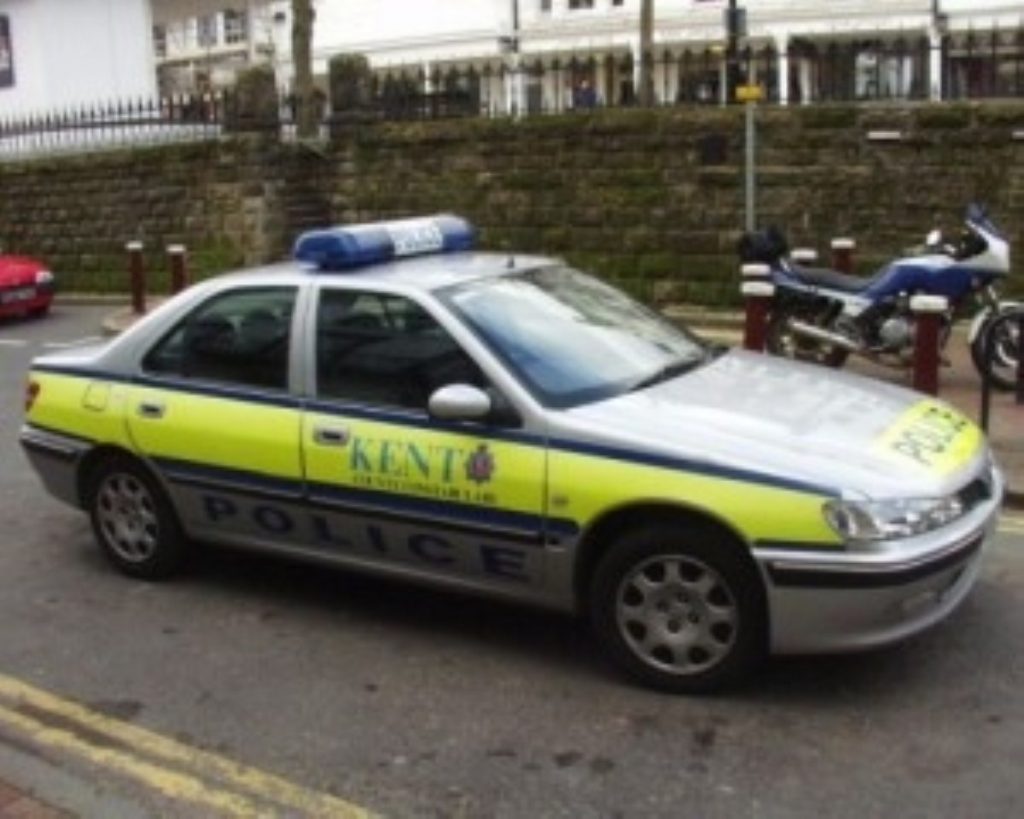New concerns about use of CS spray
New medical research has suggested that CS sprays – used by the police to incapacitate aggressive prisoners – may be more dangerous than previously thought.
The sprays have been used by English and Welsh police forces since 1995 when they were introduced to give the police a further non-lethal form of tackling violent offenders other than the existing batons.
Pressure is now growing for further investigation into its use in England and Wales.
Researchers, writing in the Emergency Medicine Journal, collected information of 277 cases of CS related injury reported to the National Poisons Information Service in London for the first nine months of 1998.


Following up 194 cases, 61 per cent of which were the result of being sprayed by the police, they reported numerous incidences of streaming eyes, burning sensation, and blurred vision.
More serious symptoms such as blistering, swelling and skin inflammation were also reported with these symptoms “significantly more common among people who had been sprayed by the police”.
Though the formulation used by the police is designed to clear up quickly, “more of those sprayed by the police sought treatment six or more hours after the incident, which suggests that either their symptoms were more severe, or that fear and/or arrests kept them from seeking help.”
Commenting on the results, the authors said: “This study suggests that the CS preparation used by the UK police may cause more adverse effects than other PIS preparations.”
They are calling for more research into the formulations used and, if their results are confirmed, a review of CS spray use.
The mental health charity Rethink has been among those concerned about the use of CS spray. Its chief executive, Cliff Prior, warned last year that: “CS spray was introduced without adequate safety testing, particularly whether it interacts with medicines used in the treatment of schizophrenia. Department of Health and Home Office research is promised but repeatedly delayed.”

